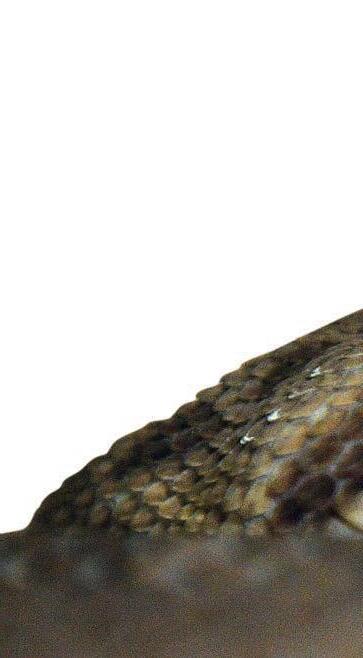TAKEOVER! ANIMAL




 Ben Hubbard
Ben Hubbard











 Ben Hubbard
Ben Hubbard






Common name: Horse Island
Official name: Assateague Island
Common name: Monkey Island
Official name: Cayo Santiago
Common name: Snake Island Location: Ilha da Queimada Grande
Each island is named after the main species of animal that lives there. The islands often have another official name, as well. You can find the islands on this world map, below.
Common and official name:
Seal Island Location: Atlantic Ocean
Common name: Crab Island
Official name: Christmas Island
Common name: Cat Island Location: Tashirojima
Did you know that there are hundreds of thousands of islands in the world? Many islands have both people and animals living on them, but sometimes, there are more animals than people. These are the islands where animals run wild. On some islands, the animals have even taken over altogether!
Near the coast of Brazil lies a beautiful, green island. It is rocky, grassy and covered in rainforest trees. Deep, blue water surrounds it, and it should be a lovely place to stay. But no one lives there. Why? Because this is Snake Island: one of the most dangerous places in the world.
Snake Island has so many snakes that few people dare to visit. Experts say between 2,000 and 4,000 snakes live on the island. Snakes slither over the rocks, curl up in cracks and rest under rotting leaves. They climb up tree trunks and hunt birds on the branches.

On Snake Island, you are never more than a metre away from a snake. But these are no ordinary snakes –they are golden lancehead vipers, one of the deadliest snakes on Earth.

Golden lancehead vipers are light brown and yellow and grow to 120 centimetres long. They feed on birds, lizards and other snakes.
Female vipers give birth to around six snakes at a time.

Many people in Brazil know about Snake Island, but not where all the snakes came from. Snake Island has a history that is thousands of years old.

To kill their prey, golden lancehead vipers inject deadly venom through their hollow fangs. Their venom is five times stronger than the venom of vipers that live on the mainland. One bite can kill a human in under an hour, if no anti-venom medicine is taken.

Snake Island used to be part of the mainland. But around 11,000 years ago, sea levels rose, and Snake Island was surrounded by the sea. The island animals were stranded, including golden lancehead vipers. The vipers fed on the other animals and reproduced in large numbers. Soon, the vipers outnumbered other animals on the island. They also began adapting and developed stronger venom to kill prey faster. Prey, such as birds, died before they even had time to fly away. Can you imagine how scared you’d be?
